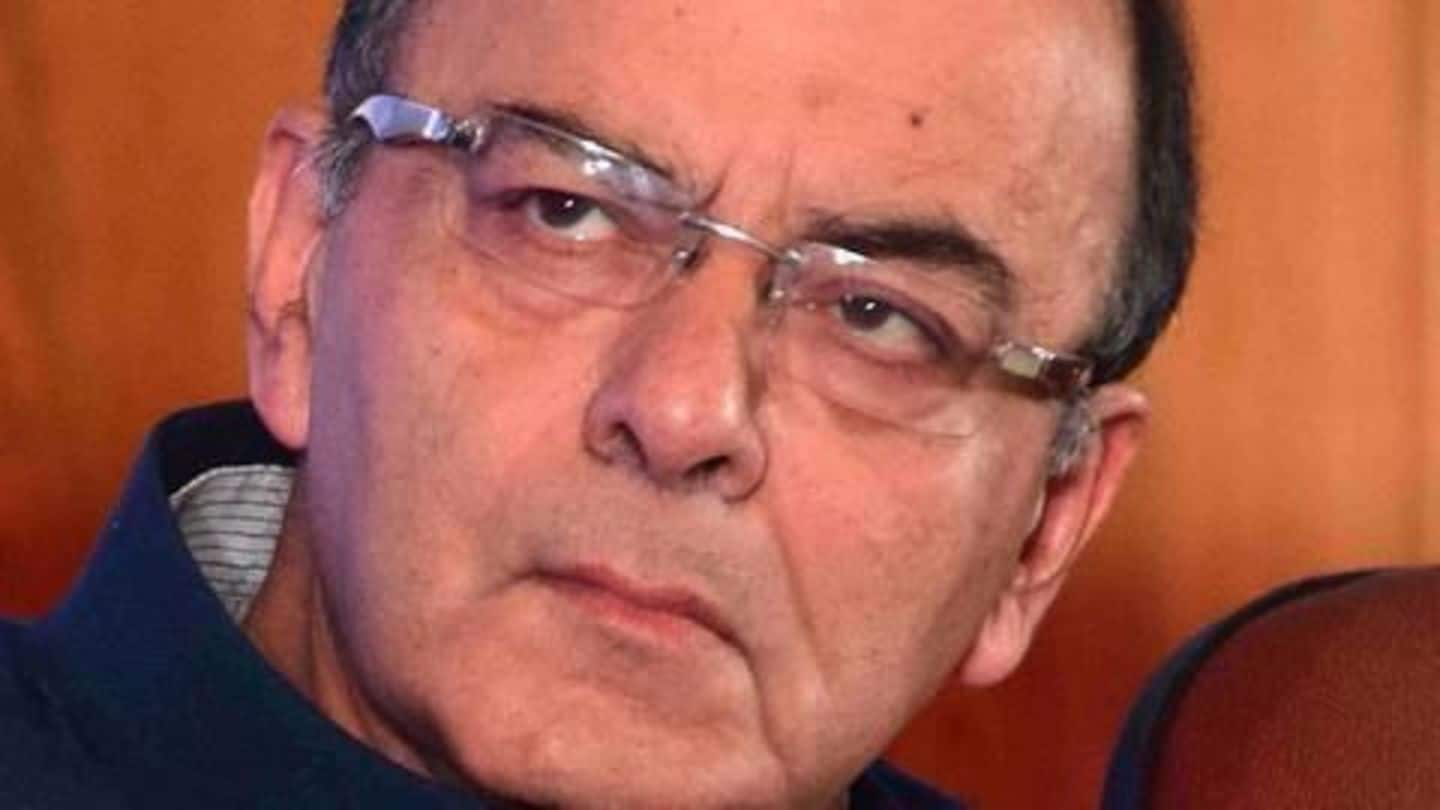
Looking back at budgets which changed the Indian economy
What's the story
Finance Minister Arun Jaitley is gearing up to present the Union budget for 2017-2018 on 1st February. Coupled with global and local uncertainties and sparse domestic economic data (the effects of the demonetization has not been factored in), the task is indeed daunting. While we wait with bated breath, we take a look at some of India's most influential past budgets and their impacts.
1947
The first budget of Independent India
Presented on 26th November, 1947, by India's first Finance Minister, R.K. Shanmukham Chetty, this was independent India's first budget. The Budget Estimate for total revenues and total expenditures stood at Rs 171.15crore and Rs 197.39crore respectively. A large burden on the budget was the rehabilitation of refugees from the Partition and the payment of food subsidies as it was a year of food crisis.
1957
The 'Krishnamachari-Kaldor' Budget
Presented on 15th May, 1957, by Tiruvellore Thattai Krishnamachari, this budget sought to ease the pressure caused by high imports of food grains and industrial goods on India's balance of payments and foreign exchange. It introduced an import-licensing system, set up protection for exporters, introduced a wealth tax, an expenditure tax, and raised income taxes, among other provisions. The provisions, however, made things worse.
1973
India nationalizes its coal mines
Presented on 28th February, 1973, by Yashwantrao B. Chavan, the main impact of this budget was felt in the nationalization of coal and copper mines, and the nationalization of the general insurance companies. While the government believed that nationalization of coal mines would benefit both the industries and the mine workers, it has been argued that nationalization led to inefficient production methods.
1987
India introduces a minimum corporate tax
Presented on 28th February, 1987, by Rajiv Gandhi, the budget introduced provisions for a minimum corporate tax. Also called the Minimum Alternate Tax (MAT), the MAT was introduced with the objective of bringing under the tax net highly profitable companies that were legally managing to avoid paying income taxes. Collections from the MAT have become a major source of revenue today.
1991
India opens its economy to foreign competition
Presented on 24th July, 1991, by Manmohan Singh, the budget opened the Indian economy to foreign competition by aggressively promoting exports and compressing imports. Customs duties were pruned, import licensing was slashed, and the overall import-export policy was modified greatly. This was done to deal with India's balance of payments deficit which was growing at an alarming rate.
2000
Getting the software export sector into the tax net
Presented on 29th February, 2000, by Yashwant Sinha, this budget phased out the tax holidays given to the software export sector. Manmohan Singh had, in 1991, given tax exemptions to the sector for three years, but in 1995 he extended it to perpetuity. While the tax holidays given to the sector led to India's IT boom, this budget brought it under the tax net.